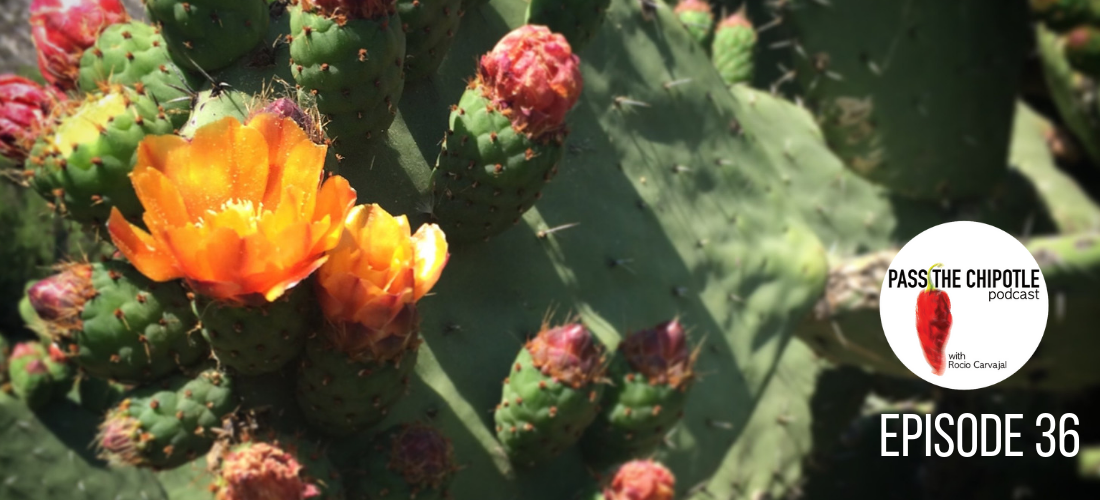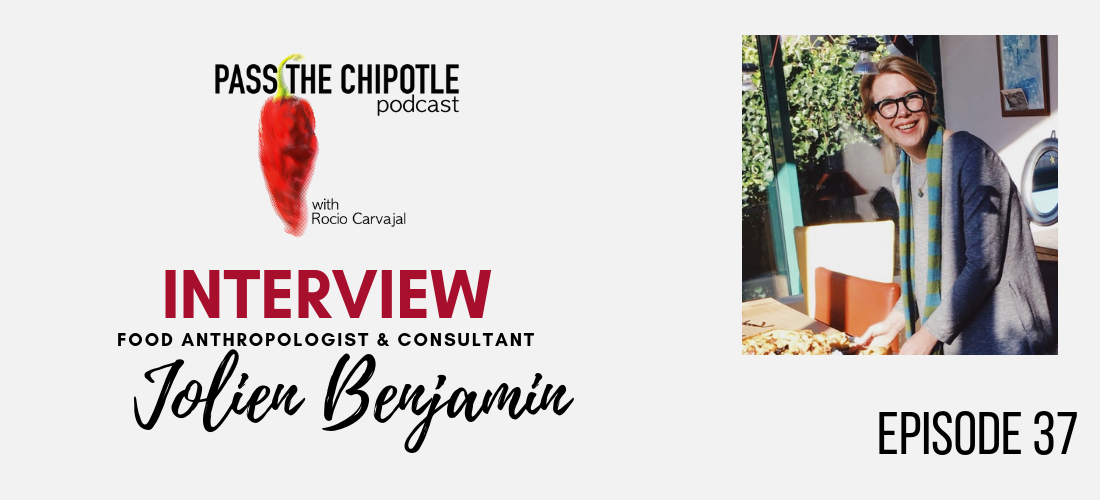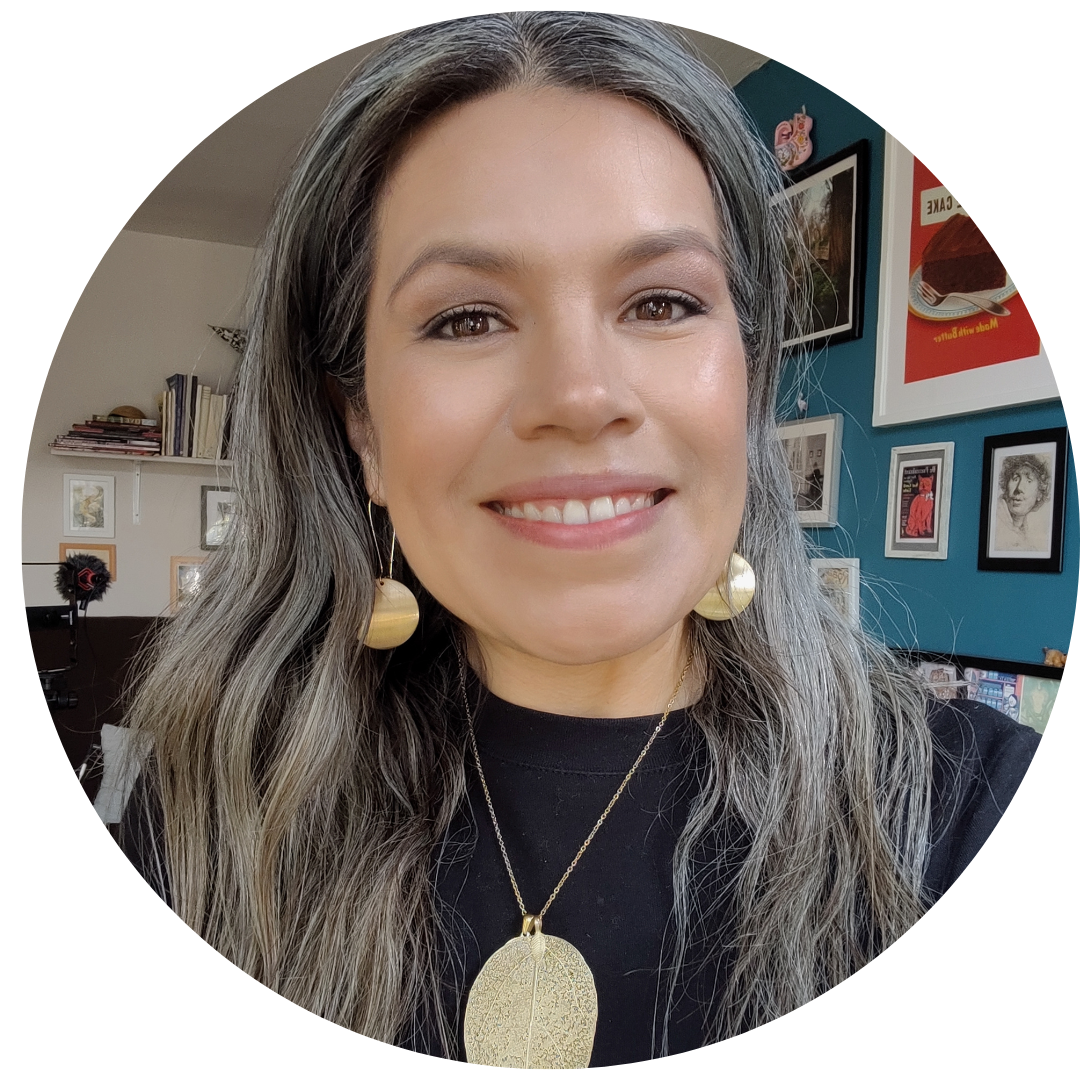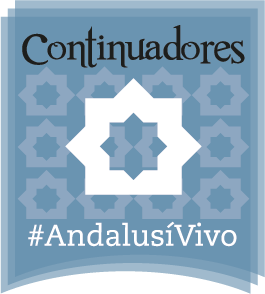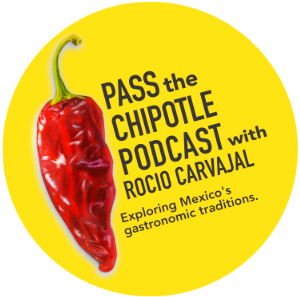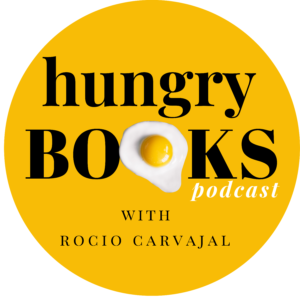
The writer’s boneyard and other hacks to book writing
It’s been a while since I last wrote a post in this series, the excuses are grand and much progress has been done, but before I pat myself too much in the back, let me reinstate yet again, how incredibly stressful and relentless being a self-publishing author can be…. Ok, rant done, let’s move on to where we’re at this moment.
This time I’ll focus specifically on the actual work of writing, in previous blog posts, I’ve talked about research, photography and digital publishing but all that is useless if you don’t actually sit down and write the content of your book.
Best lesson ever: Build habits, not goals. I’m not about to get zen, with you, in fact, this is about being as pragmatic as possible, and when it comes to working form a home-office nothing can be more challenging than setting clear boundaries for what it is your *working time* and your personal routine.
Having said that, I have found that the most precious and * non-renewable* resource I have, is time, so here are 4 key practices that can help you manage your effort, results and time invested.
Have a steady routine.
Our brains are hardwired to engage in routines, and if thousands of years of evolution aren’t wrong, that proves that by not wasting time with improvisation, we can rely on simplifying our days by taking fewer decisions that drain our attention.
The older I get the more silence and solitude I need to work. What works for me is a clean table, cup of coffee and a computer is all I need, but that only works if I sit at the same hour every day and constantly work for the same amount of hours, take a long lunch break and continue working in the evening.
Keep progress in check.
Ever since I discovered the Pomodoro method for time management I’ve become more focused and efficient. This technique helps you work continuously for a fixed amount of time with short break intervals. However sharp is your concentration, you must allow your brain “flush” continuously before getting saturated.
I use 25-minute intervals, you can use your phone’s alarm too. After using it regularly for a week you will notice how more disciplined and relaxed your brain is.
Produce consistently useful material
This is a bit harder to guarantee but it helps if you have a purpose and a clear goal for your writing session, having a book draft, tentative index and dividing your work into blocks and tasks will prevent you from starting and abandoning random pieces of work.
As a dyslexic myself that was diagnosed much later in life, I have struggled to find the tools and techniques to communicate my ideas clearly and in order, so, with my editor’s help (who is also my best half) I now follow a simple but efficient way to structure sentences. This can be applied to the rest of a page, chapter, section and the whole book.
- Present idea.
- Explain the idea.
- Set an example of the idea.
- Wrap up the idea and move on or thread with the next idea.
This will reduce the risk of losing track of your idea, going around in circles or getting off track.
Edit and build a boneyard.
Writing, I find, is like gardening, ideas grow like trees but you need to trim them constantly and quite often you will end up with seedlings that while they might not have a place in your current work, they have the potential to grow into new things, if that is the case, save them for later in a “boneyard”.
I learned this practice from Alison Jones’ This book means business which I’ve recommended before, form this “boneyard” you can revisit ideas that in the future can be reposed for articles, blog posts, podcast episodes, in my case and even future books.
The best way to decide whether some idea belongs to the boneyard or book is by asking yourself: does this paragraph or section communicates what you wanted? Does it divert from the original goal? Is it too vague? Is it worth saving it for later? -I know this sounds like a brainchild of the Konmarie method, it doesn’t have to “spark joy” just be strong enough of an idea to keep or lose.
Let me share some of the many pieces in the boneyard of “Mexican market food” which I thought were worth keeping to explore in the future:
- Colonial diet: class and race in Mexico.
- National cuisine and power relationships.
- Hype local economies and indigenous diets.
- Mexican bread and tortilla, an unlikely marriage.
- Displacement of indigenous communities and destruction of ancient agricultural practices.
- Types of cooks in Mexico and forms of food knowledge acquisition.
- Cultural identities across social groups in Mexico.
As you can see, these straightforward but purposeful practices can really help you reduce time waste and the anxiety that comes with it. Writing a book is HARD, and there will be moments when you want to get up and run away, you get too close, is hard to keep the big picture in focus and at times feels like it will never come to an end. But if there’s any consolation in this, is that it is very normal, and any author that tells you otherwise is lying to you.
Having said that, it is also immensely rewarding, stimulating and something I want to continue doing. Learn from past lessons, to learn how to enjoy more the process.

